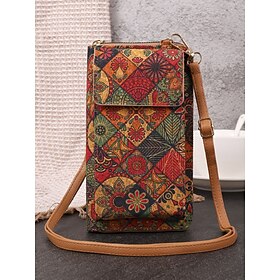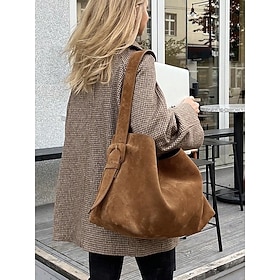A brief overview
There are few inventions in history that have impacted so many people as widely as a loom. A “loom” does not seem to be a significant invention, but it has done more than create and weave cloth. It has woven together cultures and molded economies and inspired thoughts.
The legacy of the loom can be traced to the creation of exquisitely designed lace, as well as within the framework of modern day fashion.

Courtesy of Canva
From Thread to Symbol
Looms can be traced back to ancient civilizations. Along the Nile River and in the Indus Valley early versions of looms were used to convert fibers into cloth. The textiles were not just functional as coverings for the body; they denoted identity, status, and a system of beliefs.
Medieval Innovations
As years passed by, innovations were made through the loom. In medieval Europe, more advanced looms helped to accelerate production of fabric and clothing. This accessibility to fabricisation practice gave way to the evolution of manipulating fashion; it was more than something to cover the body; there was value in the artisanship and creativity associated with clothing, and established new ways of self-expression.
The fabrications were now works of art. With time, the loom progressed alongside the textile industry boomed. More luxurious fabrics of brocade, velvet, and silk denoted class and refinement. These evolved into clothing sooner thought to be a use; became wearable art and these prerequisites established the commencement of bridging fine art and fashion, for the painter, the weaver and the tailor used the same visual language.
(For those who do not know: brocade is a rich decorative fabric, complexly woven. It is not uncustomary to weave it with colored threads, or even gold or silver threads.)
The Power Loom and Democratizing Style
The 1885 Industrial Revolution ushered in the power loom; without a doubt it has changed how fabric is produced worldwide. Almost immediately clothing was not just for the elite and affluent, more fashionably expressive pieces were accessible to more people.
Fashion was democratized through the loom; now individuals could display their identity in the way they dressed.
A Legacy Lives On
To this day, the loom is still associated with the fashion world, or at least the starting of all consumable textiles. The looms may not directly power production today, but the origins of fibre production were established with the loom its employed in the design of modern textiles.
More importantly we stress the importance of craft to value in fashion as handcrafted & weave pieces pop up in contemporary fashion. Even with the use of advanced technology, the legacy of a loom lives on in how we design, dress and think about clothing.




















